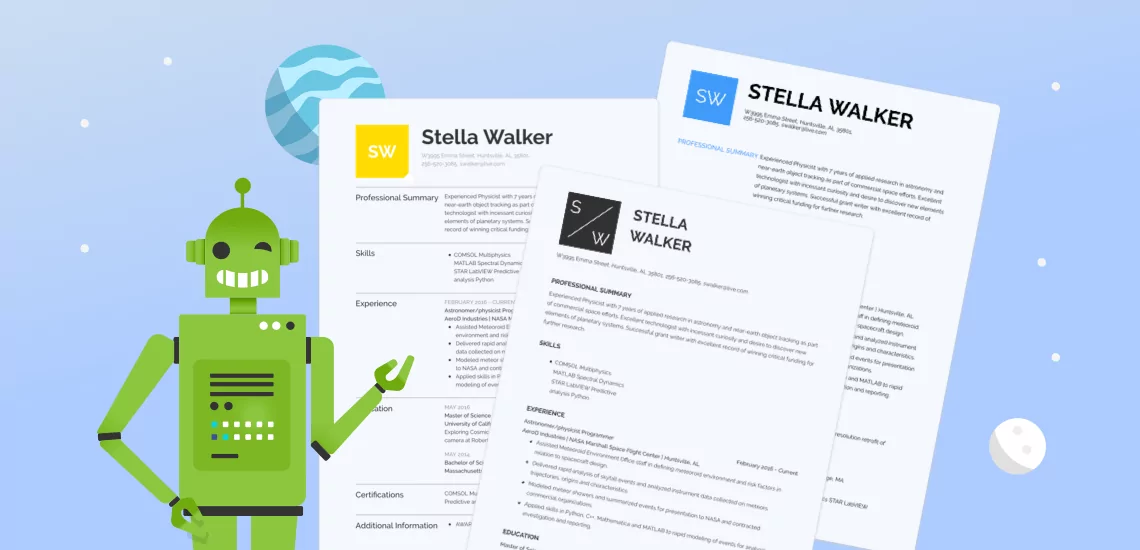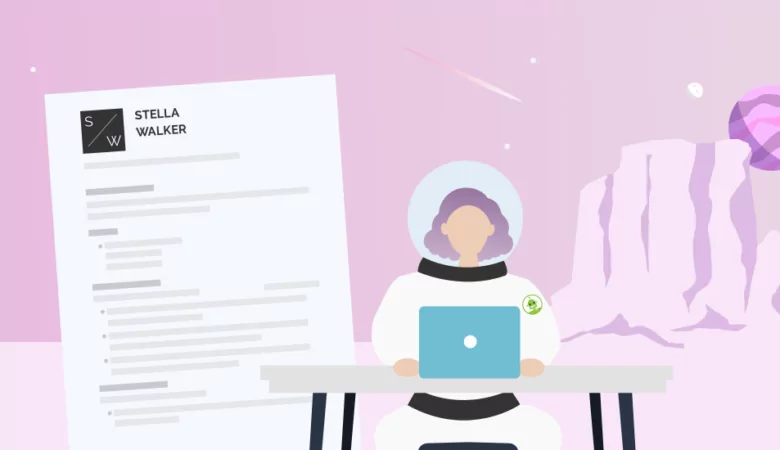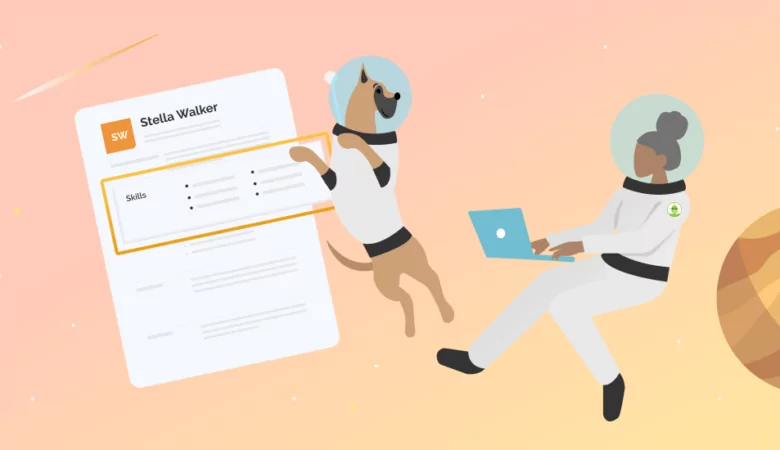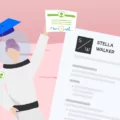Your resume design reflects who you are as a job applicant. Use these resume design tips to make your resume look even more high-quality and qualified?

The Best Resume Design Tips to Use
Resume Design
When you’re considering the usefulness of the resume as a whole, one of the most important elements is going to be your resume design. The design of a resume is always going to have an impact on the way a hiring manager looks at it, and making a great first impression with a modern resume template and your unique approach to resume design elements will be a big part of whether a potential employer wants to hire you or not. Here’s everything you need to know about harnessing resume design for your purposes.

What Is Resume Design?
First of all, what is resume design? This term refers to all of the design elements of your resume. When you use a resume builder like the one at ResumeNerd, a resume design that fits your job application needs is created for you. If you browse our wide range of templates, you’ll begin to get a feel of the different designs available, from creative resume templates, to clean and simple resume templates. Whether you want a traditional resume or you’re looking into a more modern template as part of more creative industries, resume design is the first thing that shows off your identity and personality.
Understanding Resume Format as It Relates to Resume Design
Your resume format will play a role in your resume design. This is because the resume sections will be organized differently depending on the format , which means that the perfect resume design for your resume format will change depending on what you use.
There are three common resume formats:
- The chronological resume format highlights your work experience as the most important element of your resume.
- The functional resume format highlights your skills as the most important element of your resume.
- The hybrid resume format, also called the combination resume format, highlights both work experience and skills.
If you’re going with a functional resume, for example, then you’ll want a design that highlights your skills section. If you’re job hunting with a chronological resume format, then you’ll need a style that mostly highlights your work experience.
Top Resume Design Tips for Every Resume
A big part of getting recruiters to stop and take notice of your resume is ensuring that you have a beautiful resume from top to bottom. Crafting a beautiful resume is more than just knowing how to create a basic resume. You should put as much thought into your resume design as you do the design of your business cards. Here are a few tips:
-
Carefully select your resume font.
Simple serif and sans-serif fonts are the most common. Fonts that are available on MS Word and have a fairly minimalist appearance, like Helvetica and Arial, are great for most resumes.
-
Give contact section some visual impact.
The header section of the resume needs to include your contact information and links like your social media. The best resume templates will include some sort of design element that draws attention to the contact section.
-
Make the resume layout as intuitive as possible.
This may include adding white space to areas that you want to emphasize and making the headings bold to draw attention to them. If you’re trying to design your own resume, you’ll want to look at resume examples.
-
Use bullet points and shortened phrases.
For example, instead of saying, “I am an associate director with five years of experience,” you can typically shorten the phrase to “Associate director with five years of experience.” This presents more information in less space.
-
Save your resume as a PDF if possible.
Only send the document in .docx if requested. Even if you’re designing your resume in Microsoft Word rather than Photoshop, saving it as a PDF ensures that all the design features stay the same no matter who views the document.
Although it is possible to create your own design for a resume or CV, this generally isn’t encouraged because there are free resume templates available that can give you a good design without the time needed to build one on your own, and no graphic design skills are necessary. Check out our resume builder and cover letter builder at ResumeNerd for more options.
FAQ: Resume Design
Yes. Although a one-page resume is the default and will be more than enough for most people, you can create resumes that are two pages or longer. If you use a resume template through a website like ResumeNerd, then you can just add more information to your resume, and the template will automatically lengthen the resume. Just make sure your resume has the right information, and preview your document before you save it to make sure no awkward cut-offs between pages.
Probably the biggest mistake that people make when writing a resume is sending it in before you proofread it. There’s nothing that will kill your resume faster than the recruiter noticing a typo in it. Look over your resume multiple times and even have a friend look it over if possible to avoid problems.
Most of the time, job seekers should not include information that would identify them as part of a protected class. That means you shouldn’t include personal information like your marital or parental status, your age, your birth date, or whether you were born in the United States. Your resume should only include the information necessary for a hiring manager to check that you meet the job description.








